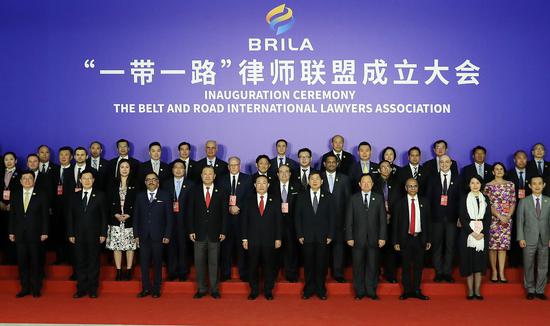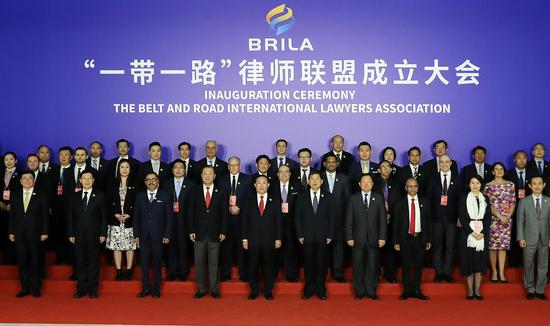The ABC has reported:
Australia needs dozens more renewable energy projects to offset the loss of more than 60 per cent of Australian coal power plants that will close over the next two decades, the energy market operator has forecast.
Rooftop solar is set to play a role, with nearly a quarter of all energy consumption to come from residential and business solar panels by 2040.
What has not been addressed are the costs of maintaining, repairing, and replacing the solar panels and other related parts. If "nearly a quarter of all energy consumption" is to be supplied by residential and business solar panels by 2040, the ability of those panels to keep converting solar to electrical energy becomes a matter of public concern.
Consequently new laws will be required to ensure that solar plant owners ensure that heir plants keep producing at an optimal level. The costs of doing so falls on them, and it will no longer be a private matter whether and when they incur those costs. They may have to be compelled to do so by new legislation. Where plants are not properly maintained compulsory acquisition may become necessary.
While there is debate as to whether electricity is a public or private good the reality of the matter is that no Australian government can ever survive if it does not ensure that most if not all of its population are provided with easy, cheap access to a reliable source of electricity.
END
Australia needs to triple renewable energy plants by 2040 to replace coal power plants set to closeBY STATE POLITICAL REPORTER RICHARD WILLINGHAMUPDATED ABOUT 8 HOURS AGO
More renewables are needed to replace conventional generators because of their lower capacity factors.
PIXABAY: MARIAGODFRIDA
Australia needs dozens more renewable energy projects to offset the loss of more than 60 per cent of Australian coal power plants that will close over the next two decades, the energy market operator has forecast.
A major upgrade of the electricity transmission wires will also be needed to get the new energy generated to homes and businesses, the Australian Market Energy Operator (AEMO) said.
Rooftop solar is set to play a role, with nearly a quarter of all energy consumption to come from residential and business solar panels by 2040.
To offset the decline of coal there would need to be a more-than-tripling of renewable energy plants that are already established or will be installed in the next two years, the forecast said.
In a "roadmap" for the next 20 years, AEMO said renewable energy with dispatchable power would be the lowest cost for consumers.
"To maximise economic benefits, as traditional generators retire, Australia must invest in a modern energy system with significant consumer-led distributed energy resources — such as rooftop solar — and utility-scale variable renewable energy, supported by sufficient dispatchable resources and well-targeted augmentations to the electricity network," AEMO chief executive Audrey Zibelman said.
To get new renewable energy generation from power plants to consumers, AEMO said the current transmission network needed to be upgraded.
The draft report highlights several "priority" projects for investment including:
- A new undersea power link between Victoria and Tasmania
- A new transmission line from Robertstown in South Australia to Wagga Wagga in NSW
- A new connection from Western Victoria where wind plants are being built, to southern NSW and the Snowy 2.0 pumped hydro
- Upgrades of the existing interconnection between Queensland to NSW and Victoria to NSW
- Improvements to the transmission system in Victoria to allow renewable energy to get to homes
The operator forecasts the future National Energy Market will be "a diverse renewable, gas-powered and distributed generation, supported by energy storage and network solutions".
The report said 15 gigawatts (GW) or 63 per cent of Australia's coal-fired generation is likely to retire by 2040.
This will have to be replaced by at least 30 GW of new grid-scale renewables above what is already committed.
"More renewables are required to replace conventional generators because of their naturally lower capacity factor,'' said the report.
Renewable energy development zones are earmarked across the five states.
And to support the transition away from a coal-based market, there needs to be up to 21 GW of dispatchable resources through pumped hydro or battery storage.
Efficient gas plants could be effective, especially if gas prices came down.
Read more about our energy future from our Power Switch series:
- Energy market operator warns 1.3 million households could lose power this summer
- The power company will soon be able to turn down your air conditioner … and everyone will benefit
- It's getting really hot. Is solar the best option to cut costs this season?
- When the lights go out and the fridge stops humming, here's what to do
- As home solar increases, the grid is becoming an antiquated technology. So what will replace it?
- How the runaway success of rooftop solar in WA is a warning for all Australia
https://www.abc.net.au/news/








